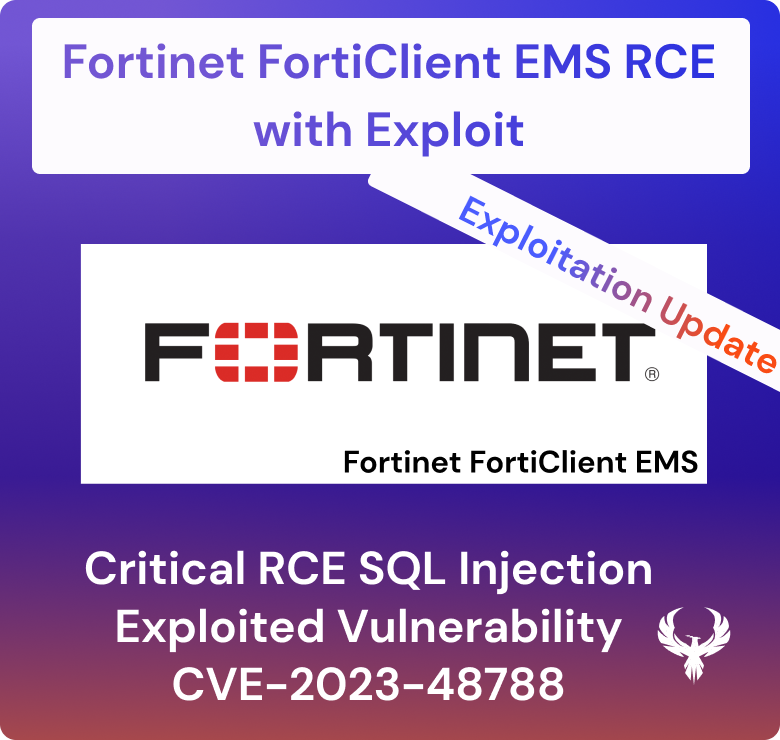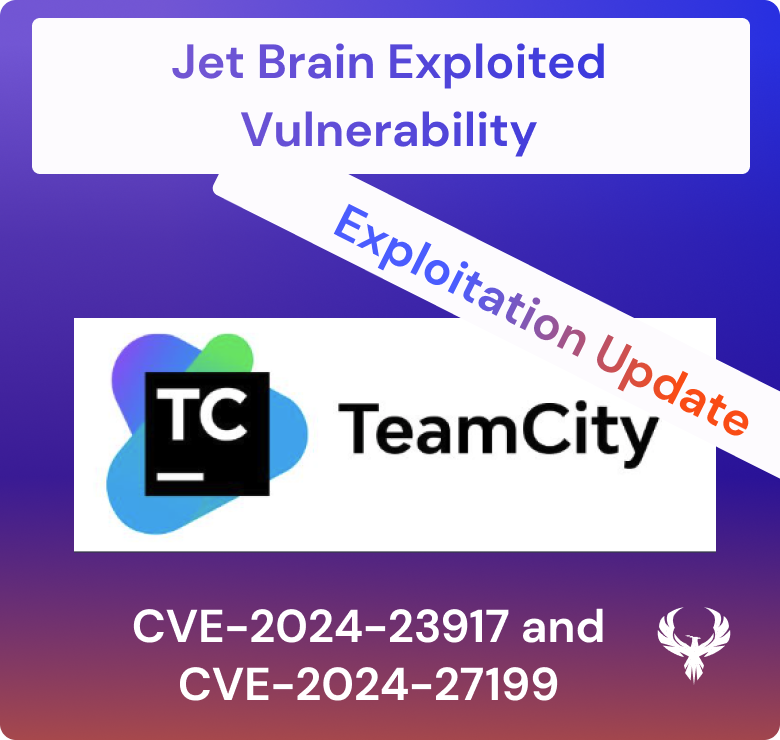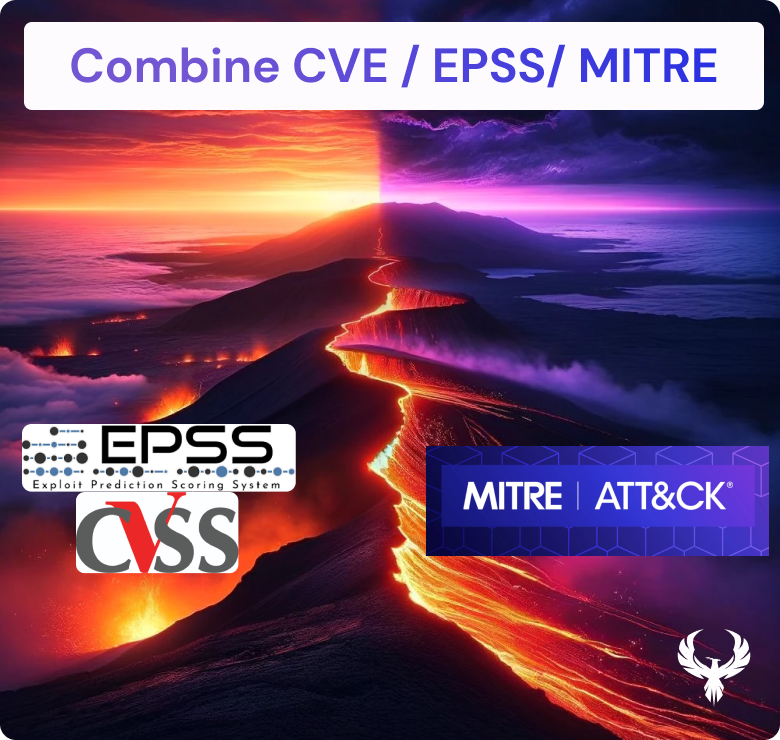
As software development grows in complexity, so does the need for comprehensive testing methodologies in Application Security. One such approach that has gained popularity over the years is Shift-Left Testing. This approach focuses on performing testing earlier in the lifecycle, which allows for vulnerabilities to be identified and fixed sooner, thus reducing the overall cost of fixing issues later on. However, as with any approach, potential drawbacks need to be addressed. This article will explore the benefits of shifting everywhere, incorporating Shift-Right Testing, and implementing a risk-based approach to vulnerability management. The shift everywhere approach focuses on shifting left, monitoring right, communicating up with risk, align down with risk-based approach-aligned metrics. The risk-based approach is more potent than a simple decision tree as we covered in the previous article.
The objectives of this approach are to create a holistic and harmoniously synchronized approach to application security.
What is Shift-Left Testing?
Shift-Left Testing is not a new concept in Application Security, as it was first introduced in 2001 by Larry Smith. Since then, it has gained popularity due to its potential to save time and money by identifying and fixing vulnerabilities earlier in development. This is accomplished by moving the testing phase to the development process’s left, allowing developers to test code as they write it. This approach can catch issues that might have gone unnoticed until later in the process, which would have been much more costly and time-consuming to fix.
What is the problem of the shift left in Application Security?
One of the primary challenges with Shift-Left Testing is the potential for decentralization. Shifting testing to earlier in the lifecycle, it can create a disconnect between development and operations. This can lead to a situation where developers are focused solely on fixing vulnerabilities in the code without considering the operational impact of those changes. It is essential to incorporate Shift-Right Testing into the overall testing approach to address this challenge.
What is Shift-Right Testing in Application Security
Shift-Right Testing is the counterpart to Shift-Left Testing. It involves testing software and systems in a production-like environment, which allows for identifying issues that might not have been caught in the testing phase. By incorporating this approach, developers can better understand how their code will perform in a real-world environment. This can help to identify potential issues that might not have been caught in the earlier testing phase. By combining Shift-Left and Shift-Right Testing, organizations can take a comprehensive approach to vulnerability management.
Risk-Based Vulnerability Management – approach explained.
The shift-left approach in Application Security has promoted fixing vulnerabilities early in the lifecycle, but it can also lead to an overwhelming number of vulnerabilities that need to be addressed. A risk-based approach can help to address this challenge by allowing organizations to prioritize which vulnerabilities to address first based on the potential impact to the business. This approach involves identifying and assessing vulnerabilities based on their likelihood of exploitation and potential impact on the business. By prioritizing vulnerabilities based on risk, organizations can ensure they address the most critical issues first.
What is shift everywhere or Shift Smart in Application Security
Another challenge with Shift-Left Testing is the potential for misalignment between the security, development, and business teams. While it is important to identify and fix vulnerabilities, it is equally important to ensure that the business can operate at a specific risk level. By incorporating the business into the vulnerability management process, organizations can ensure that the right level of security is being achieved while still allowing the business to operate effectively.
A shift-everywhere methodology is an approach to software development that addresses issues throughout the entire software development lifecycle, from development and testing to deployment and operation. This approach involves integrating testing activities throughout the development process, which helps to create a seamless connection between development, testing, and operation.
By identifying and fixing issues early in the development process, teams can minimize the impact of defects on the final product. This can help to prevent these issues from becoming larger, more costly problems later on. This approach also promotes a more collaborative approach to software development, which can improve communication, decision-making, and overall efficiency.
Teams must focus on people, processes, and tools to implement a shift-everywhere methodology. Regarding people, it’s important to establish a culture of collaboration where teams are encouraged to work together and share knowledge and ideas. This can help to break down silos between development, testing, and operation teams and promote a more cohesive approach to software development.
Regarding processes, teams must establish a consistent approach to testing throughout the development process. This can involve establishing clear testing objectives, creating test plans and scripts, and conducting regular testing activities throughout the development lifecycle. A risk-based approach to vulnerability management is also key to this methodology. This involves identifying and prioritizing vulnerabilities based on their potential impact on the business and implementing compensating controls and risk exceptions where necessary.
Finally, teams must select and use the right tools to support their testing activities. This can involve automated testing tools, performance monitoring tools, and other tools that help streamline testing activities and improve overall efficiency. Tools such as Phoenix Security can help teams to aggregate and monitor vulnerabilities, correlate activities in the code with the context in shift-right testing, and create risk-based profiles that translate into dynamic and smart targets for engineers.
Overall, by implementing a shift-everywhere methodology and a risk-based approach to software development, teams can take a proactive approach to software development that minimizes risk, improves efficiency, and ensures the success of their initiatives.
Conclusion
Shift-Left Testing has become a popular approach to vulnerability management in Application Security and Cloud security. Identifying and fixing vulnerabilities earlier in development can save time and money. However, it is important to address the potential drawbacks, such as decentralization and overwhelming numbers of vulnerabilities. By incorporating Shift-Right Testing, a risk-based approach to vulnerability management, and coordination with the business, organizations can take a comprehensive approach to vulnerability management. This approach ensures vulnerabilities are identified and fixed early, allowing for effective business operations.
How Phoenix Security Can Help:
Phoenix Security is a platform that collects information from various sources, contextualizes, and prioritizes vulnerabilities from code to cloud.
If you want to know more about Phoenix security and doing vulnerability management at scale, contact us https://phoenix.security/request-a-demo/
Get an overview of your asset lineage
In conclusion, Phoenix Security is uniquely positioned to help organizations implement a shift-everywhere methodology combining shift-left and shift-right approaches to software development. With its powerful vulnerability aggregation and monitoring capabilities, Phoenix Security can help organizations identify and address vulnerabilities early in the development process before they become larger, more costly problems.
Moreover, Phoenix Security’s correlation capabilities can help organizations link the activities in the code with the context in the shift-right part, ensuring that issues are identified and addressed proactively. Using Phoenix Security’s scorecard, organizations can create a common language between the security, development, and business teams, ensuring that everyone is aligned and focused on achieving the same goals.
Finally, Phoenix Security’s ability to create risk-based profiles can help organizations translate their security goals into dynamic and smart targets for engineers. By using risk-based profiles, engineers can prioritize their work and focus on the most critical issues, ensuring that they make the most effective use of their time and resources.
Overall, by leveraging Phoenix Security’s powerful capabilities, organizations can implement a smart, risk-based approach to software development that ensures the success of their initiatives while minimizing risk and improving overall efficiency. With Phoenix Security as their partner, organizations can feel confident that they are taking a proactive approach to software development that is aligned with their business objectives and goals.














